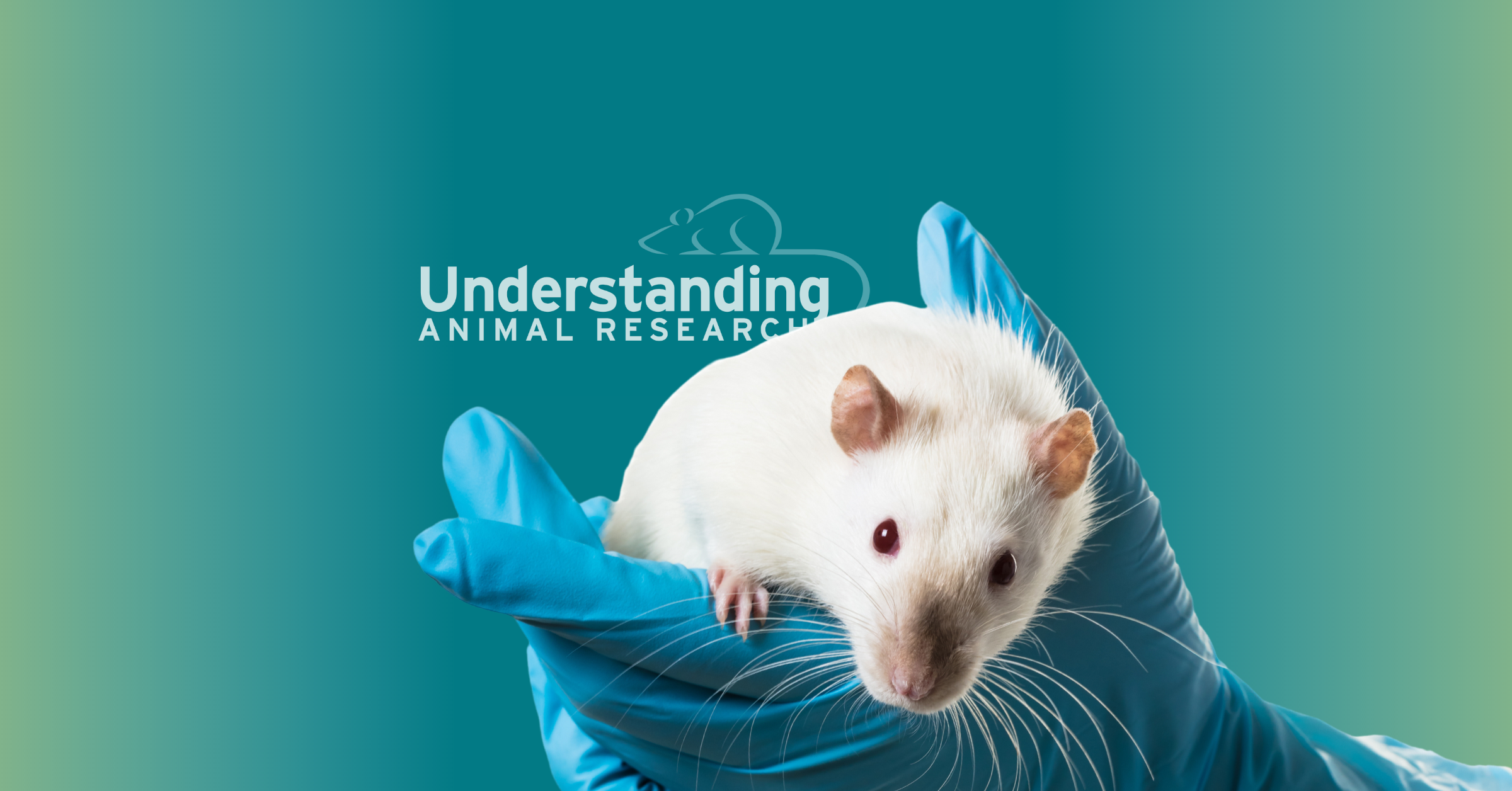
Understand this: the animal research industry does not want you to understand animal research.
Rather, it wants you to fall for its bread-and-butter offering: industry propaganda packaged and promoted as “education”.
Take, for example, Understanding Animal Research’s (“UAR”) recent publication: “Why do 90% of new drugs fail?”. In arguing that the over 90% failure rate of new drugs in human trials (after passing nonhuman trials) actually supports the value and necessity of animal research, UAR throws out fancy terms (like “Bayesian modeling, NPV safety prediction”) to distract from its promotion of wholly unmoored and unverifiable percentages of inter-species translation. Moreover, the percentages proffered by UAP fly in the face of verifiable figures established through systematic reviews by reputable scientists. (See, for example, this, this, this, and this.)
UAR is an arm of the animal research industry that exists to protect the interests of animal researchers.
UAR is a UK non-profit organization that 1) seeks “to counteract what it regards as extremism among animal rights and animal welfare proponents” and 2) aims to “maintain and shape” public support for animal research. Financed by animal researchers themselves and boasting a 160+ membership (of academic institutions, pharmaceutical companies, charities, research funders, and professional societies), UAR champions animal research interests at all levels, including by lobbying for policy and legislation favorable to animal research.
UAR’s roots extend to the turn of the twentieth century and the establishment of the UK’s equivalent to the US-based NABR: a propaganda-focused lobbying group of and for animal researchers.
UAR was established in 2008 by the merger of the nascent Coalition for Medical Progress and the entrenched Research Defense Society (“RDS”) – and, this is hugely important because it means that UAR is, quintessentially, a reincarnation of the UK’s top pro-vivisection trade association and lobbying agent.
RDS was launched around 1906 as a “private lobby group for vivisectionists” that focused on battling “anti-vivisection groups” (which were successfully pressuring animal experimenters to answer for their practices). But, rather than publicly debating issues of public concern regarding vivisection, RDS strategically relied on “bullying and intimidation” – by way of example only, RDS:
- interfered with anti-vivisection meetings;
- pressured railway companies and the Postmaster General not to display anti-vivisection posters and advertisements, railway bookstalls not to sell anti-vivisection pamphlets, and publishers not to publish anti-vivisection materials;
- relied on oppressive tactics (such as branding the anti-vivisection movement, which was led by women, as “hysterical”) to divide the broad base of public support for animal protection; and
- set in motion a legal process that resulted in British non-profit anti-vivisection groups being stripped of their “charitable status”.
Perhaps most critically, UAR’s precursor, RDS, published false and misleading information – i.e. published propaganda as fact.
When confronted, RDS even conceded its dissemination of misinformation but claimed not to be “responsible for the contents of the pamphlets [it] distributed”.
And, this practice of disseminating falsehoods continues today vis-a-vis its modern incarnation: UAR.
Science itself does not support the continuation of research on other-than-human animals, which is why groups like UAR can only offer distortions and lies.
UAR takes the empty platitudes of pro-vivisection factions like the NIH one step further, by concocting data to support its positions. And, it’s no surprise really – for, as George Bernard Shaw stated: “Anyone who would not hesitate to cut up a dog would not hesitate to lie about it.”